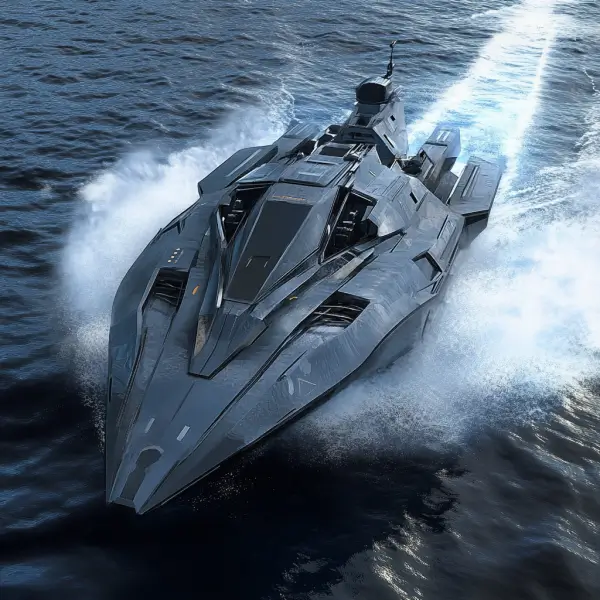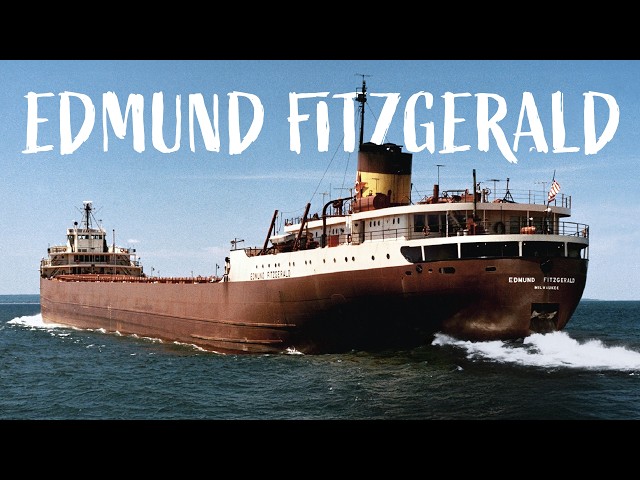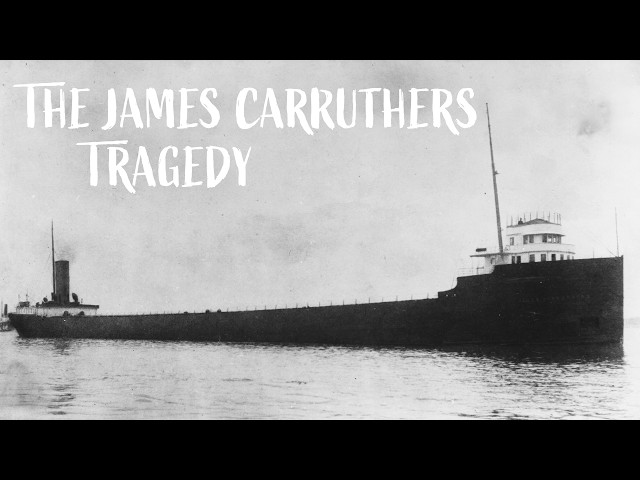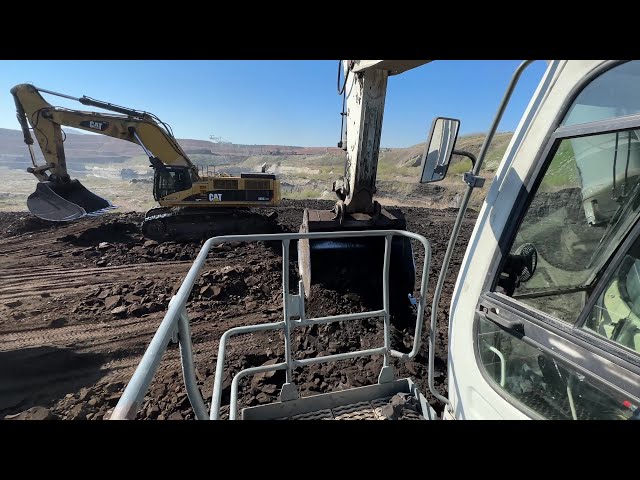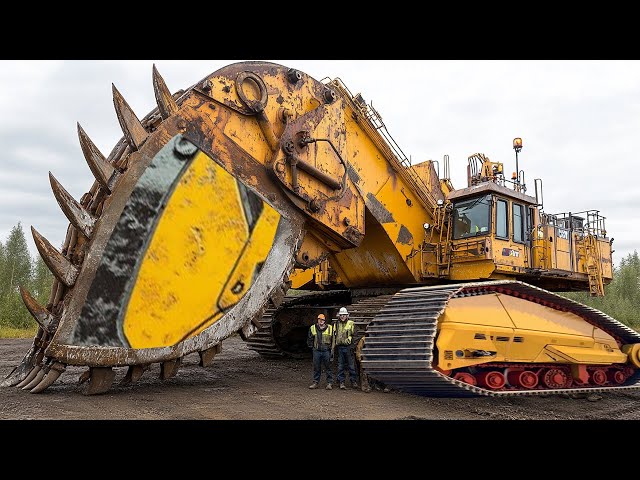Understanding the Role of Fast Attack Crafts
Fast attack crafts (FACs) are small, agile, and versatile naval vessels designed primarily for quick strikes
against larger warships. These crafts are integral to a nation’s defense strategy, offering rapid response capabilities
and significant firepower relative to their size. FACs are especially useful in littoral zones, where
larger vessels may struggle to navigate effectively.
Advantages of Fast Attack Crafts
FACs offer several advantages, making them a critical component of modern naval forces:
- Speed and Agility: Equipped with powerful engines, FACs can reach impressive speeds,
allowing them to quickly engage or disengage from combat situations. - Compact Size: Their small size makes them harder to detect, offering a strategic advantage
in stealth operations. - Cost-Effectiveness: Compared to larger destroyers or frigates, FACs are relatively inexpensive,
making them accessible to a wide range of nations.
Technological Features
Modern FACs are outfitted with cutting-edge technology to enhance their operational capabilities. These technologies
include advanced radar and sonar systems, as well as electronic warfare capabilities to detect and deter threats.
Additionally, many FACs are equipped with missile systems that offer significant firepower in a compact form.
Armament and Equipment
Typically, FACs are armed with a variety of weapons to ensure they can perform their strike missions
successfully. These often include:
- Missile Systems: Anti-ship missiles and surface-to-air missiles are common, providing significant offensive power.
- Guns: Artillery guns or autocannons for close combat and defensive purposes.
- Torpedoes: Some FACs are equipped with torpedo tubes for engaging submarines or larger surface targets.
A Closer Look at Some Modern Fast Attack Crafts
| Model | Operator | Speed (knots) | Armament |
|---|---|---|---|
| Durand de la Penne | Italy | 30+ | Missiles, Guns, Torpedoes |
| Skjold-class | Norway | 60+ | Anti-Ship Missiles, Guns |
| Hamza-class | Pakistan | 30 | Missiles, Guns, Torpedoes |
Operational Environments
FACs operate primarily in coastal and littoral environments, which are often challenging for larger vessels
due to shallow waters and narrower passageways. Their agility and speed are key assets for countries with extensive
coastlines or archipelagic regions, such as those found in Southeast Asia and the Mediterranean.
Strategic Importance
Fast attack crafts hold strategic importance for many naval forces worldwide. In both peacetime and conflict
situations, FACs are decisive in patrol missions, asymmetric warfare tactics, and fleet defense. By leveraging
their speed and firepower, FACs are able to provide quick, targeted responses that are crucial in modern naval
doctrine.
Global Perspectives
The acquisition and development of FACs vary across nations, dependent on regional threats and defense
priorities. For instance, the navies of smaller countries often rely heavily on FACs due to their cost-effectiveness
and ability to patrol extensive coastlines efficiently. Conversely, major naval powers may view FACs as supplementary
to their more extensive fleets, providing versatility and increased tactical options.
From the Arctic seas of Scandinavia to the warm waters of the Persian Gulf, FACs are tasked with roles that
range from counter-piracy operations to defending strategic maritime chokepoints. As a result, the demand for
advanced FACs remains high, leading to continual innovation in design and technology.
Emerging Trends in Fast Attack Crafts
There are several emerging trends in the realm of fast attack crafts, driven by technological advancement
and evolving naval warfare strategies:
- Stealth Technology: Many modern FACs incorporate stealth features to reduce radar visibility,
increasing their effectiveness in surprise attacks and evasive maneuvers. - Automation and AI: The integration of automated systems and artificial intelligence
is enhancing onboard operations, allowing for reduced crew requirements and better real-time decision-making. - Green Propulsion: As environmental consciousness grows, there’s increasing interest in
propulsion technologies that reduce emissions and improve fuel efficiency.
The future of fast attack crafts appears promising, with nations investing in both contemporary improvements
and futuristic designs. These versatile vessels will likely remain a cornerstone of naval operations, continually
adapting to the ever-shifting landscape of global defense.
